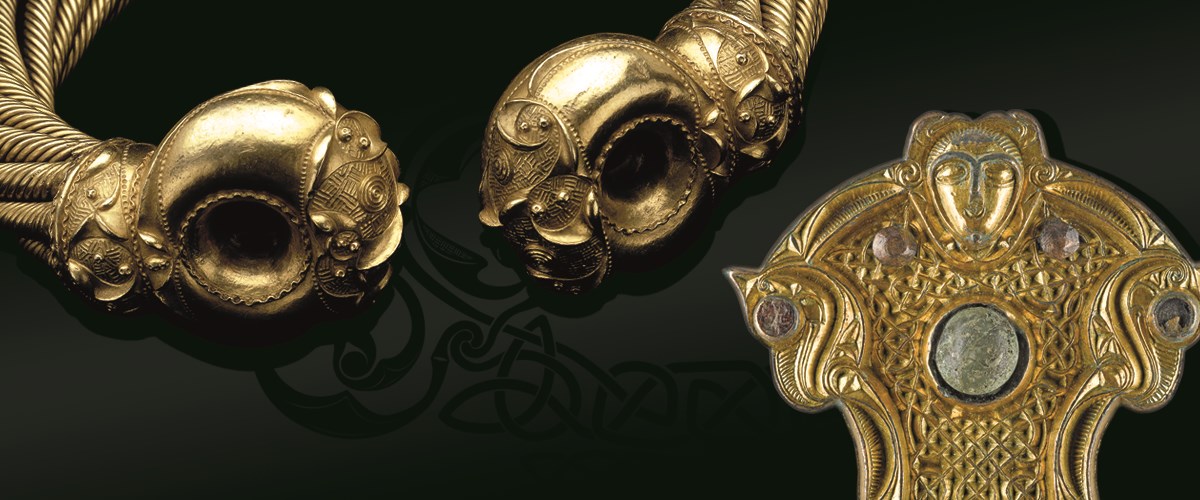Key in a search term below to search our website.
Key in a search term below to search our website.

When
10 March - 25 September 2016
Where
National Museum of Scotland, Exhibition Gallery 1, Level 3
#Celts
This major exhibition, organised in partnership with the British Museum, unravelled the complex story of the different groups who have used or been given the name ‘Celts’ through the extraordinary art objects they made and used.
Spanning more than 2,500 years, the exhibition explored history through these powerful decorated objects and examined how art styles have changed considerably over time, often flourishing during periods when different cultures came into contact.
The exhibition displayed magnificent Iron Age treasures adorned with intricate patterns and fantastic animals, rich with hidden meanings, which were used for feasting, religious ceremonies, adornment and warfare. It also explored how these distinctive art styles were transformed and took on new influences in response to the expanding Roman world and the spread of Christianity, and examined how the decorative arts of the late 19th century were inspired by different ideas about Europe’s past, and played a key role in defining what it meant to be Irish, Welsh, Scottish and British.
Featuring more than 300 treasured objects from across the UK and Europe, assembled together in Scotland for the first time, the exhibition provided a unique opportunity to explore the idea of ‘Celts’ as one of the fundamental building blocks of European history.
To complement the exhibition the British Museum and National Museums Scotland are lending two unique Iron Age mirrors to five partner museums across the UK in 2015-16.
Ever wondered what an ancient Celtic war horn sounds like? Or how to wear an Iron Age torc that weighs over 1kg? Exhibition curators Julia Farley and Fraser Hunter introduce some key objects from the exhibition in this Periscope film.